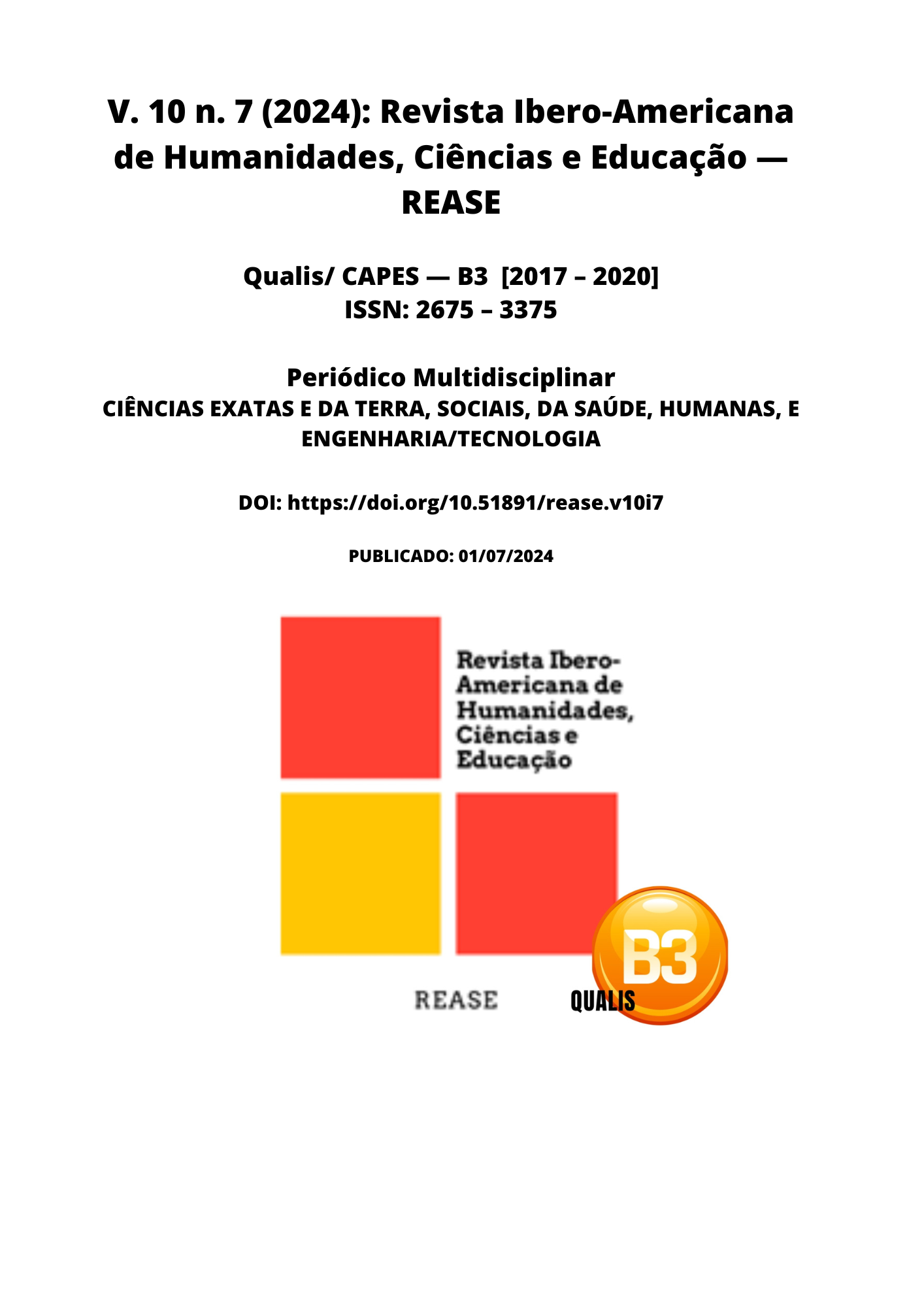TECHNOLOGY, INSTRUCTIONAL DESIGN, AND LIBRAS INTERPRETER IN DEAF INCLUSION: ENHANCING EDUCATIONAL PRACTICES
DOI:
https://doi.org/10.51891/rease.v10i7.14902Keywords:
Educational inclusion. Technology. Instructional design. Libras interpreters. Deaf students.Abstract
This study aimed to explore the impact of technology and instructional design on the educational inclusion of deaf students, focusing on the importance of Libras interpreters. Using a qualitative approach, theoretical contributions from Quadros (2004) and Lopes and Santos (2017) on the role of Libras interpreters in educational mediation were reviewed and analyzed. Additionally, the foundational principles of instructional design as described by Reigeluth (1999) and Gagné et al. (1992) were examined, emphasizing their relevance in creating meaningful and adaptive educational experiences. The results underscore that technology, including simultaneous translation applications and multimedia resources such as Libras videos, plays a crucial role in enhancing accessibility and effectiveness of education for deaf students. However, challenges such as inadequate infrastructure and educator resistance to change were identified as significant obstacles. It is concluded that collaboration among educators, educational technologists, and Libras interpreters is essential to promote high-quality inclusive education, ensuring every student's right to equitable learning.
Downloads
Downloads
Published
How to Cite
Issue
Section
Categories
License
Atribuição CC BY

